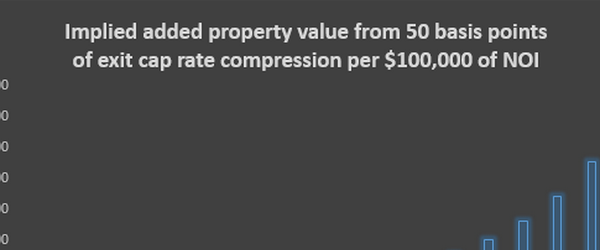Investment property financing is a topic that many new investors do not know where to begin to learn. The first principle to consider in any type of financing though is to understand some basics. For example, what is the loan amount that you’re financing, how long of a term do you want or can get, what is the interest rate, and what are the fees to close the loan.
One other thing to consider in investment property financing is when I need to make the first payment. This is actually true for primary residence ownership as well as investment properties. However, with investment properties, you can almost stretch out a free month of income before paying your first mortgage payment.
Now to some more important issues related to investment financing. These days, it’s very difficult to get lenders to fund investment properties. They used to take all kinds of borrowers with “stated income”, some even with 5 percent down payment. Today, with the financial meltdown, these are impossible loans to get. So, you need to make sure that you have adequate credit, a sizable down payment, generally 30% is required, but there are some exceptions, and an income statement that makes sense to the lender.
What does an income statement mean in this example? It means the rent that you will be getting from the tenant minus the expenses. Expenses include: mortgage, interest, property taxes and insurance, as well as maintenance, association dues, any required fire sprinkler systems, etc.
Now investment property financing is less rigorous for single family homes than they are for apartment financing or office building financing. In a single family home, it’s almost like getting a regular owner occupied home financing, BUT the key difference is the loan rate is generally higher by about 1 percentage point.
In apartment and office building financing, the lenders really want to know the income stream from the property. So, they consider the income generated from the building minus the expenses to run the building. Lesser importance is put on the actual credit rating of the borrower. Although these days the lenders are scrutinizing those as well.
All investment property financing is contingent on an appraisal. With a single family home, the appraisals are similar to the owner occupied appraisals, with the added review of rental comparables. Rental comparables mean that they look at other homes in the area to see what they are renting for. In this way, the lenders can determine whether you will be in right ball park for income.
With apartment and office building appraisals, sometimes the lender will also want an environmental report. What this report tells the lender is if there are any waste hazards that they need to consider when making the loan. Waste hazards could cause liability issues for the owner and thus the lender, as well as bring the overall value of the property down.
In addition to the additional review for investment property financing, in some cases the loan term is different than a regular owner occupied home. With apartment or office building financing, the term could be as short as 5 years. What that means is that the borrower must end up refinancing again in 5 years. Not a great thing, but one that is a fact of the industry.
Financing investment property does not have to be difficult, it just different and requires a slightly different view of paperwork.





































Comments